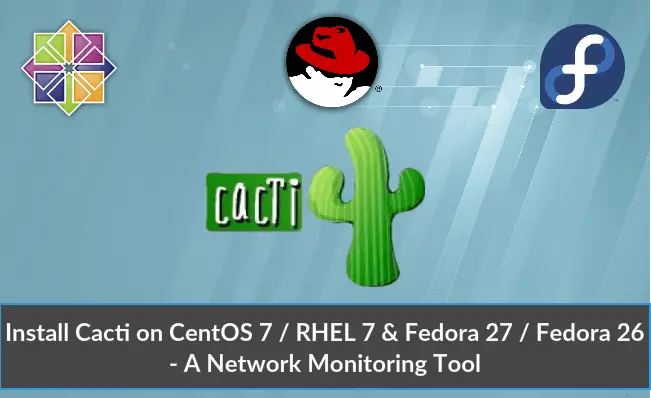

- #HOW TO INSTALL EPEL REPOSITORY ON REDHAT FEDORA UPDATE#
- #HOW TO INSTALL EPEL REPOSITORY ON REDHAT FEDORA CODE#
- #HOW TO INSTALL EPEL REPOSITORY ON REDHAT FEDORA DOWNLOAD#
As of this writing, there are packages available on EPEL 7 repository but not yet on EPEL 8, you may need to be patient as more packages are added daily. There you have it, you can install your favorite packages from the EPEL repository. Some dependencies may be installed from the Base repositories. To install package from EPEL repository, just run sudo dnf -enablerepo="epel" install Įxample: sudo dnf -enablerepo="epel" install chromium sudo dnf -disablerepo="*" -enablerepo="epel" list available | grep Įxample: $ sudo dnf -disablerepo="*" -enablerepo="epel" list available | grep chromiumĬhromium-headless.x86_64 1.115-1.el8 epel You can filter further to check if the required package is available on EPEL repository. sudo dnf -disablerepo="*" -enablerepo="epel" list available List packages available on EPEL repository. *epel Extra Packages for Enterprise Linux 8 - x86_64 310 Last metadata expiration check: 0:10:06 ago on Fri 12:50:54 AM EDT. Updating Subscription Management repositories. You can confirm EPEL repository addition and functionality by running the following command. Sudo subscription-manager repos -enable "codeready-builder-for-rhel-8-$-rpms" Confirm EPEL installation on CentOS 8 / RHEL 8 on RHEL 8 it is required to also enable the codeready-builder-for-rhel-8-*-rpms repository since EPEL packages may depend on packages from it: ARCH=$( /bin/arch ).On CentOS 8 it is recommended to also enable the PowerTools repository since EPEL packages may depend on packages from it: sudo dnf config-manager -set-enabled powertools For RHEL 8
#HOW TO INSTALL EPEL REPOSITORY ON REDHAT FEDORA CODE#
Visual Studio Code 1.4 kB/s | 2.9 kB 00:02 Red Hat Enterprise Linux 8 for x86_64 - BaseOS (RPMs) 562 kB/s | 6.4 MB 00:11 Red Hat Enterprise Linux 8 for x86_64 - BaseOS (RPMs) 1.6 kB/s | 4.0 kB 00:02 Red Hat Enterprise Linux 8 for x86_64 - AppStream (RPMs) 673 kB/s | 8.7 MB 00:13 Red Hat Enterprise Linux 8 for x86_64 - AppStream (RPMs) 1.6 kB/s | 4.5 kB 00:02
#HOW TO INSTALL EPEL REPOSITORY ON REDHAT FEDORA DOWNLOAD#
This will download the repository file to /etc//epel.repo and enables it. Installation of EPEL repository is so easy as this is done by running the following command.
#HOW TO INSTALL EPEL REPOSITORY ON REDHAT FEDORA UPDATE#
To update your system with the latest packages from the EPEL repository, it’s sufficient to run a “ yum update".Install EPEL Repository on RHEL / CentOS 8ĮPEL 8 has been released officially to the general public. If you simply run a “ yum install package", it will automatically use that repository if it contains the latest version. The yum repolist will show you that the EPEL repository has 5,736 packages available. Loading mirror speeds from cached hostfileĮpel Extra Packages for Enterprise Linux 5 - i386 5,736

To get started, first verify a few things. Installing is one thing, using the repository is the next logical step. The same as the CentOS 5 install, while the download URL displays i386, it’s compatible with i386, i686 and x86_64. While the command above shows i386 in the URL name, it’s a version that is actually ‘noarch’ – meaning it works for i386, i686 and x86_64. Installing the EPEL repository For CentOS 5 # rpm -Uvh '' To install the EPEL repository, issue the following commands as the root user from the command line. The packages inside that repository aim to be compatible with the base packages provided by Red Hat Enterprise Linux (RHEL) and CentOS, so the most common of the Enterprise Linux’s out there.

If you’re missing a few basic packages from the default CentOS repositories, it may be a good idea to install the EPEL (Extra Packages for Enterprise Linux) repository.


 0 kommentar(er)
0 kommentar(er)
